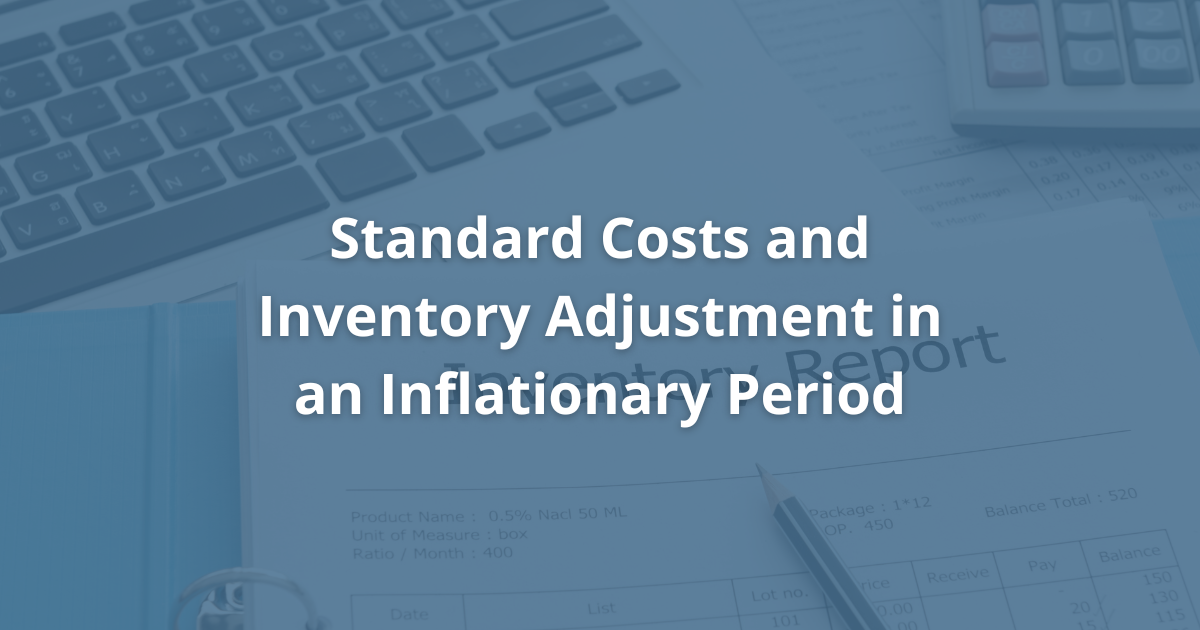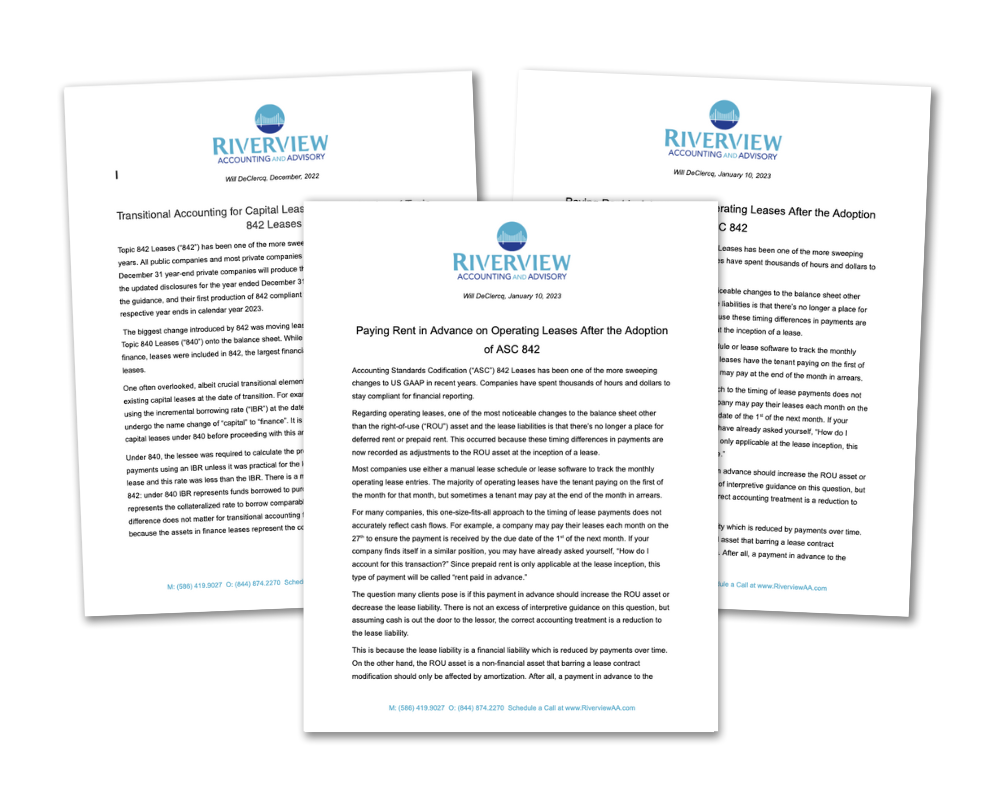Standard Costs and Inventory Adjustment in an Inflationary Period

Navigating Standard Costing During Inflationary Times: The Importance of FIFO-Build Inventory Management
Standard costing is typically used by companies to keep cost accounting consistent for management decision making. By keeping inventory costs at the same point during a period, it’s easier to isolate and address other variable costs within the production cycle. This is especially useful for companies that have longer shipping times to bring goods physically into inventory after the goods have been purchased from abroad – a situation familiar for many US based companies.
What was meant to be a mechanism to keep companies nimble became a weight during the inflationary period which began in 2021. One key assumption that needs to remain constant when using standard costs is that the purchase price variance between price paid and the standard cost will remain low enough as to not materially impact management’s decision-making process. In highly inflationary periods, however, this basic assumption is usually not true as management fights to contain costs in the supply chain, while at the same time optimizing pricing.
Some companies will try to adjust their standard costs more often, but this can lead to additional confusion since the timing of changing the prices in the inventory system between different types of inventories can vary. Additionally, some inventory systems are static and can only price inventory at a “current price” which tends to inflate the value of inventory on the balance sheet.
Keeping Cost Accounting Consistent with Standard Costing: An Overview
I’ve observed this practice at several clients and usually the result is that inventory costs get jumbled, and arriving at a period end purchase price variance entry is next to impossible.
The solution is to create a “FIFO-build” of the inventory on hand. A FIFO-build is simply a way of organizing inventory data to determine the price at which inventory on hand was purchased. Using the logic functions in Excel is the best way to implement on a large scale, but ultimately the process boils down to a couple simple steps:
-
For each item of inventory, identify how many units are on hand at the end of the reporting period, and determine the standard cost being used to value these units.
-
Moving backward from the current date into the past, obtain enough vendor invoices to account for the number of the units on hand. For example, if 100 units are on hand and the chronologically latest four invoices have 50 units (Invoice 1), 30 units (Invoice 2), 25 units (Invoice 3) and 20 units (Invoice 4) at varying prices, to rebuild the inventory amount at the reporting date, one would use the 50 units from Invoice 1, the 30 units from Invoice 2 and 20 of the 25 units from Invoice 3.
-
Identify the purchase price for each unit on Invoices 1, 2 and 3 and calculate the total purchase price of all units on hand. Then, calculate the standard cost of all units on hand using the standard price at the reporting date (it is important to note that this assumes all inventory is repriced using the standard cost when the standard cost is updated).
-
Subtract the purchase price calculation from the standard cost calculation. The difference is the purchase price adjustment entry for the item of inventory.
This simple calculation can cut through the weeds of multiple reprices due to updating the standard cost in an effort to keep costing in line with inflation. In the example above, the calculation was done as of a reporting date, but the procedure can be performed at any time to give management a clear view into the effect changes in prices are having on inventory.
Download The Article

